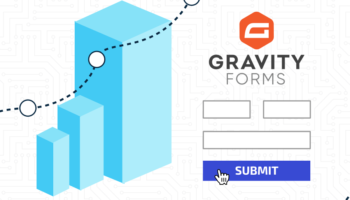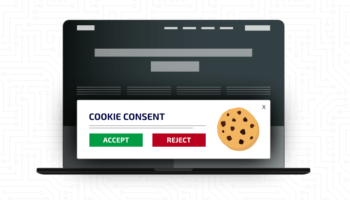Data Organization is Essential
The acquisition of workable data is a foundation of our modern, insight-driven society. Insights from applied data are a constant underpinning behind everything from advertising campaigns to the algorithms that drive Google’s search results. If you aren’t using data to make informed decisions, now is the time to start.
Finding the balance between data that leads to valuable insights versus data that lives on paperweight-destined hard drives is an important distinction to consider when deciding what, exactly, you want to preserve. Then, there are the legal considerations to take into account depending on the nature of the data you want to work with — for industries working with sensitive data such as medical, financial, and even eCommerce, the considerations for data security are legally binding and have far-reaching implications for not being correctly adhered to.

The Good, The Bad, and the Useless
In many cases, data might be more valuable than it is sensitive. For instance, a business could take into consideration order patterns outside of demographic and sensitive information, such as time, type, quantity, seasonality, repeats within certain timeframes, etc. Data like this is nice because if you were to lose it, you would not have lost anything that could potentially be harmful to anyone — aside from maybe your competition. That’s mostly due to the fact these types of insights are subjectively available to and relevant for all individual businesses, meaning the onus is on the business to set up the method for catching data that serves to better understand and optimize existing processes. That might even be a simple document in Google Drive to start. As you document data, you’ll begin to see patterns relevant to your problem; you may even see other patterns you’re curious about. That’s when it might be time to expand beyond Google Drive.

What Data Do You Actually Need?
The first step in identifying your data needs is understanding or simplifying your problem. Ask yourself, “How do I streamline ‘x’?” Then outline the business needs to solve for “x” and from here, you can look to existing business processes for where you’d locate the information you need. For example, maybe you have a website that sells all sorts of hardware and other home improvement products, and you want to increase profits by drawing customers to your site during peak buying times, be it seasonal or more frequent trends you’re after. If you have order data from past years on hand, then you can leverage that to make your site stand out by tactfully creating sales based on demand you’ve seen from past months or years. You could even use it to anticipate demand and cut down on shipping costs, warehouse fees, and more. The more meticulously you’re able to document and organize your data, the more easily it’s leveraged into quantifiable improvements.

With the steps identified, you might realize the key to your problems is in a document you’ve already been keeping … but, you also might realize there is a huge hole in your data retention methods.
When it comes to retaining data for your business, data experts advocate everything from keeping logs and receipts, using cloud storage, hard drives, and databases, all the way to hiring software experts to develop custom solutions for storage and analysis. There is definitely no one-size-fits-all approach. What is a successful method for one company, might not work for another.
Proper data usage can be a vast field of research to dive into. If you feel overwhelmed about what’s available or if you want a qualified, professional opinion for what might work best for your company, the experts at Hall can help.





